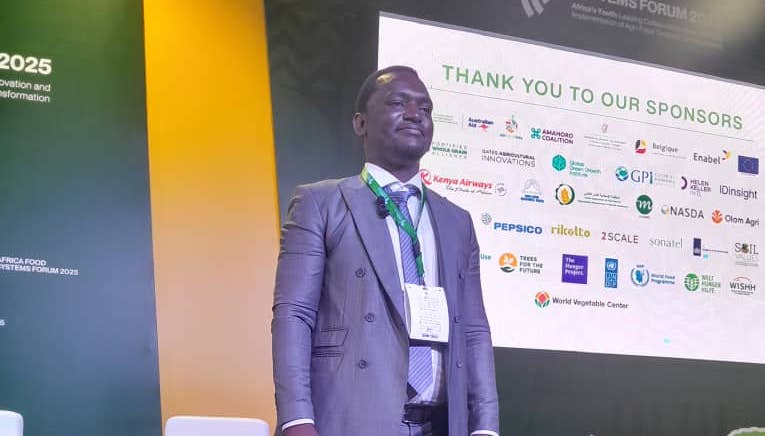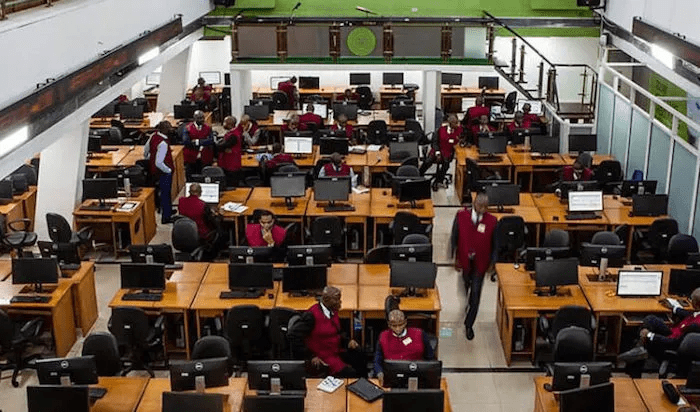Emmanuel Addeh in Abuja
The United States and European Union have reached a trade deal, ending a months-long standoff between two of the world’s key economic partners, BBC News reported yesterday.
After make-or-break negotiations between President Donald Trump and European Commission President Ursula Von der Leyen in Scotland, the pair agreed on a US tariff on all EU goods of 15 per cent. That is half the 30 per cent import tax rate Trump had threatened to implement starting on Friday.
Trump said the 27-member bloc would open its markets to US exporters with zero per cent tariffs on certain products.
Von der Leyen also hailed the deal, saying it would bring stability for both allies, who together account for almost a third of global trade.
Trump had threatened tariffs against major US trade partners in a bid to reorder the global economy and trim the American trade deficit. As well as the EU, he has also struck tariff agreements with the UK, Japan, Indonesia and Vietnam, although he has not achieved his goal of “90 deals in 90 days”.
Sunday’s agreement was announced after private talks between Trump and Von der Leyen at his Turnberry golf course in South Ayrshire.
Trump – who is on a five-day visit to Scotland – said following a brief meeting with the European Commission president: “We have reached a deal. It’s a good deal for everybody.” “It’s going to bring us closer together,” he added.
Von der Leyen also hailed it as a “huge deal”, after “tough negotiations”.
Under the agreement, Trump said the EU would boost its investment in the US by $600 billion (£446bn), purchase hundreds of billions of dollars of American military equipment and spend $750 billion on energy.
That investment in American liquified natural gas, oil and nuclear fuels would, Von der Leyen said, help reduce European reliance on Russian power sources.
“I want to thank President Trump personally for his personal commitment and his leadership to achieve this breakthrough,” she said. “He is a tough negotiator, but he is also a dealmaker,” she added.
The US president also said a 50 per cent tariff he has implemented on steel and aluminium globally would stay in place. Both sides can paint this agreement as something of a victory.
For the EU, the tariffs could have been worse: it is not as good as the UK’s 10 per cent tariff rate, but is the same as the 15 per cent rate that Japan negotiated.
For the US it equates to the expectation of roughly $90 billion of tariff revenue into government coffers – based on last year’s trade figures, plus there’s hundreds of billions of dollars of investment now due to come into the US.
Trade in goods between the EU and US totalled about $975.9 billion last year. Last year the US imported about $606 billion in goods from the EU and exported around $370 billion.
That imbalance, or trade deficit, is a sticking point for Trump, who said that trade relationships like this mean the US is “losing”.
If he had followed through on tariffs against Europe, import taxes would have been levied on products from Spanish pharmaceuticals to Italian leather, German electronics and French cheese, the BBC report added.
The EU had said it was prepared to retaliate with tariffs on US goods including car parts, Boeing planes and beef. British Prime Minister Keir Starmer plans his own meeting with Trump at Turnberry on Monday.
Trump will be in Aberdeen on Tuesday, where his family has another golf course and is opening a third next month. The president and his sons plan to help cut the ribbon on the new fairway, the report stressed.


